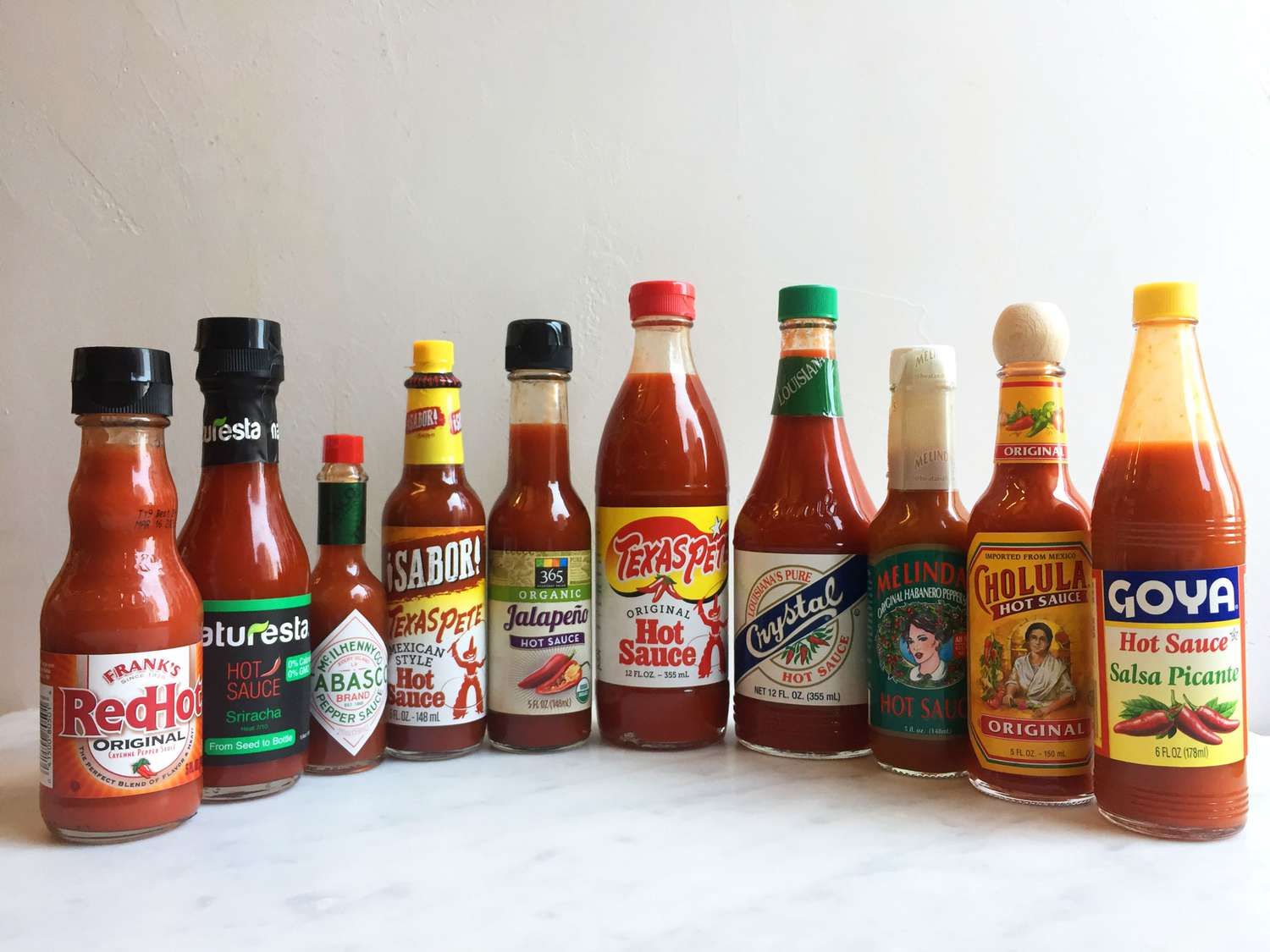

Articles
How To Store Hot Sauce
Modified: August 16, 2024
Learn the best methods for storing hot sauce with our informative articles. Keep your favorite spicy condiment fresh and flavorful for longer.
(Many of the links in this article redirect to a specific reviewed product. Your purchase of these products through affiliate links helps to generate commission for Storables.com, at no extra cost. Learn more)
Introduction
Hot sauce is a beloved condiment for many people around the world. Its fiery flavor adds a kick to a variety of dishes, from tacos to wings to scrambled eggs. Whether you have homemade hot sauce or store-bought bottles, it’s important to know how to properly store it to maintain its quality and extend its shelf life.
When it comes to storing hot sauce, several factors should be considered. The type of container used, the labeling process, and the ideal storage conditions all play a role in preserving the flavor and potency of the sauce. In this article, we will delve into the best practices for storing hot sauce to ensure it stays fresh and delicious for as long as possible.
Choosing the right storage container is vital for maintaining the quality of hot sauce. Glass containers are the preferred choice as they do not react with the acidic nature of the sauce and do not absorb any flavors or odors. Plastic containers, on the other hand, may leach chemicals and alter the taste of the sauce over time. Additionally, glass containers with airtight lids prevent air and moisture from seeping in, ensuring the longevity of the hot sauce.
A proper labeling system is essential when storing hot sauce. Clearly indicate the type of sauce, its ingredients, and the date it was prepared or purchased. This information will come in handy when trying to identify the sauce or keep track of its freshness. A label also adds a professional touch if you are sharing your homemade hot sauce with friends or family.
Next, let’s explore the ideal storage conditions for hot sauce. Hot sauce should be stored in a cool, dark place away from direct sunlight or heat sources. Exposure to these elements can cause the sauce to deteriorate more quickly, affecting its flavor and consistency. A pantry or kitchen cabinet is an excellent choice for storing hot sauce, as long as it maintains a consistent temperature.
However, some hot sauces, especially those made with fresh ingredients or without preservatives, may require refrigeration to maintain their quality. Refrigeration helps slow down the growth of bacteria and maintains the freshness of the sauce. If you’re unsure whether your hot sauce needs refrigeration, check the label or consult the manufacturer’s instructions.
Introduction
Hot sauce is a beloved condiment for many people around the world. Its fiery flavor adds a kick to a variety of dishes, from tacos to wings to scrambled eggs. Whether you have homemade hot sauce or store-bought bottles, it’s important to know how to properly store it to maintain its quality and extend its shelf life.
When it comes to storing hot sauce, several factors should be considered. The type of container used, the labeling process, and the ideal storage conditions all play a role in preserving the flavor and potency of the sauce. In this article, we will delve into the best practices for storing hot sauce to ensure it stays fresh and delicious for as long as possible.
Choosing the right storage container is vital for maintaining the quality of hot sauce. Glass containers are the preferred choice as they do not react with the acidic nature of the sauce and do not absorb any flavors or odors. Plastic containers, on the other hand, may leach chemicals and alter the taste of the sauce over time. Additionally, glass containers with airtight lids prevent air and moisture from seeping in, ensuring the longevity of the hot sauce.
A proper labeling system is essential when storing hot sauce. Clearly indicate the type of sauce, its ingredients, and the date it was prepared or purchased. This information will come in handy when trying to identify the sauce or keep track of its freshness. A label also adds a professional touch if you are sharing your homemade hot sauce with friends or family.
Next, let’s explore the ideal storage conditions for hot sauce. Hot sauce should be stored in a cool, dark place away from direct sunlight or heat sources. Exposure to these elements can cause the sauce to deteriorate more quickly, affecting its flavor and consistency. A pantry or kitchen cabinet is an excellent choice for storing hot sauce, as long as it maintains a consistent temperature.
However, some hot sauces, especially those made with fresh ingredients or without preservatives, may require refrigeration to maintain their quality. Refrigeration helps slow down the growth of bacteria and maintains the freshness of the sauce. If you’re unsure whether your hot sauce needs refrigeration, check the label or consult the manufacturer’s instructions.
Factors to Consider when Storing Hot Sauce
When it comes to storing hot sauce, there are several important factors to consider. These factors determine how well the sauce will retain its flavor, quality, and potency over time. By paying attention to these factors, you can ensure that your hot sauce stays delicious for as long as possible.
The acidity level of hot sauce plays a significant role in its storage requirements. The higher the acidity, the longer the sauce is likely to remain stable. Acidity helps inhibit the growth of bacteria and extends the shelf life of the hot sauce. This is why many hot sauces, especially those made with vinegar or citrus juices, can be stored at room temperature. However, sauces with a lower acidity level may require refrigeration to prevent spoilage.
Another crucial factor is the presence of preservatives in the hot sauce. Many commercially available hot sauces contain preservatives, such as sodium benzoate or potassium sorbate, which help inhibit the growth of microorganisms. These preservatives allow the sauce to be stored at room temperature without spoiling. However, homemade hot sauces or those without preservatives may have a shorter shelf life and need to be refrigerated or consumed within a shorter period.
The ingredients used in the hot sauce can also impact its storage requirements. Hot sauces made with fresh ingredients, such as peppers, garlic, or herbs, may have a shorter shelf life compared to sauces made with dried ingredients or extracts. Fresh ingredients contain natural enzymes and moisture that can promote bacterial growth. It’s essential to store hot sauces made with fresh ingredients in the refrigerator to maintain their freshness and prevent spoilage.
The heat level of hot sauce can also affect its storage. Capsaicin, the compound responsible for the spiciness of hot sauce, acts as a natural preservative. The higher the capsaicin concentration, the longer the sauce is likely to remain potent. Sauces with a high heat level are less prone to bacterial growth and can be stored at room temperature. However, it’s still essential to consider other factors such as acidity and preservatives to ensure safe and optimal storage conditions.
The packaging of the hot sauce plays a significant role in maintaining its quality. Glass containers are generally preferred over plastic containers for storing hot sauce. Glass is non-reactive and does not absorb flavors or odors, ensuring that the sauce retains its original taste. Additionally, glass containers with airtight lids create a barrier against air and moisture, keeping the sauce fresh and flavorful.
Overall, when storing hot sauce, consider the acidity level, the presence of preservatives, the ingredients used, the heat level, and the packaging. By understanding these factors, you can choose the most suitable storage method to maximize the shelf life and maintain the quality of your hot sauce.
Choosing the Right Storage Container
When it comes to storing hot sauce, the choice of container is crucial in maintaining its quality and longevity. The right storage container can prevent the sauce from acquiring unwanted flavors, odors, or contaminants, ensuring that it remains fresh and flavorful. Here are some factors to consider when choosing the ideal storage container for your hot sauce:
Material: Glass containers are the preferred choice for storing hot sauce. Glass is non-reactive, meaning it does not interact with the acidic nature of the sauce. This prevents any unwanted chemical reactions that could affect the taste or quality of the sauce. Glass containers also do not absorb flavors or odors, preserving the original flavor of the hot sauce. Furthermore, glass is an excellent barrier against air and moisture, helping to maintain the sauce’s freshness.
Lid: Airtight lids are essential for hot sauce storage. They create a barrier that prevents air and moisture from entering the container, which could lead to spoilage or a decrease in quality. A tight seal ensures that the hot sauce remains fresh and maintains its optimal flavor. Look for containers with lids that have a reliable seal to ensure the best storage conditions.
Size: The size of the storage container depends on your hot sauce consumption and production frequency. If you make small batches of hot sauce or use it sparingly, smaller containers would be suitable. This helps minimize the exposure of the sauce to air and extend its shelf life. However, if you consume hot sauce regularly or make larger quantities, consider using larger containers to accommodate your needs. Just ensure the containers are not too large, as a significant amount of empty space in the container can expose the sauce to excess air, which could lead to faster degradation.
Transparency: Opt for containers that are transparent or have a clear glass surface. This allows you to easily identify the contents without having to open the container. It’s especially helpful if you have multiple varieties or flavors of hot sauce stored, as you can quickly distinguish between them without any guesswork.
Labeling: Proper labeling is essential for hot sauce storage. Clearly mark the containers with the type of hot sauce, ingredients used, and the date of preparation or purchase. This information helps you identify the sauce and keeps track of its freshness. It also adds a professional touch if you plan to share your homemade hot sauce with others.
Presentation: If you’re planning to give hot sauce as a gift or display it on a shelf, consider choosing a container that enhances the presentation. Some glass containers come in unique shapes or have decorative elements that can add flair to your hot sauce collection.
By considering these factors when choosing the right storage container, you can ensure that your hot sauce remains fresh, flavorful, and of high quality for an extended period. Remember to prioritize glass containers with airtight lids to preserve the sauce’s taste and prevent any unwanted reactions or contamination.
Proper Labeling for Hot Sauce Storage
Proper labeling is crucial when it comes to storing hot sauce. Clear and accurate labeling not only helps you identify different types of hot sauce but also ensures that you can keep track of its freshness and usage. Here are some important aspects to consider when labeling your hot sauce:
Type of Sauce: Clearly indicate the type of hot sauce on the label. Whether it’s a homemade sauce or a specific brand, knowing the exact type can help you organize your collection and choose the right sauce for your dishes.
Ingredients: List all the ingredients used in the hot sauce on the label. This is important for anyone with dietary restrictions or allergies to know what the sauce contains. Additionally, it allows you to recreate a successful recipe in the future or adjust the ingredients to suit your taste preferences.
Date of Preparation or Purchase: Record the date when the hot sauce was prepared or purchased. This information is valuable when it comes to tracking the shelf life of the sauce and ensuring that it is consumed within a reasonable timeframe. It can also help you identify any batches that may require immediate use or disposal.
Storage Instructions: If there are specific storage instructions for the hot sauce, such as refrigeration or room temperature storage, include them on the label. This will serve as a helpful reminder and ensure that the sauce is stored under the optimal conditions to maintain its flavor and quality.
Optional: Flavor Profile or Heat Level: If you want to provide additional information or make it easier to select a sauce for specific dishes, you can include details about the flavor profile or heat level on the label. For example, you can mention if the sauce has a smoky flavor, fruity notes, or is extra spicy. This can be helpful for both personal use and gifting purposes.
Additional Notes: If there are any additional notes or information you want to include, such as suggested pairings or usage ideas, you can add them to the label. This can help you remember the best ways to enjoy the hot sauce or give others suggestions on how to use it.
When labeling your hot sauce, ensure that the information is clear and legible. Use a waterproof pen or adhesive labels that will not smudge or fade over time. Place the label in a visible location on the container, such as the front or top, to easily identify the sauce without having to search through multiple containers.
Proper labeling not only helps you stay organized but also adds a professional touch, especially if you are sharing your homemade hot sauce with others. It shows that you take pride in your creations and helps recipients understand what they are receiving.
By properly labeling your hot sauce, you can easily identify and track your sauces’ freshness and characteristics, making it easier to enjoy and manage your hot sauce collection.
Read more: How To Make Hot Pot Sauce
Ideal Storage Conditions for Hot Sauce
Proper storage conditions are essential for maintaining the quality and flavor of hot sauce. The right environment can help preserve the freshness and potency of the sauce, ensuring that it remains delicious for as long as possible. Here are the ideal storage conditions for hot sauce:
Temperature: Hot sauce should be stored in a cool environment with a consistent temperature. Ideally, this temperature should be between 50 to 70 degrees Fahrenheit (10 to 21 degrees Celsius). Avoid exposing hot sauce to extreme heat or cold as it can affect its taste and quality. Fluctuating temperatures can cause condensation inside the container, which may lead to spoilage or the growth of bacteria.
Light: Hot sauce should be stored in a dark place away from direct sunlight or intense artificial light. Light exposure can cause degradation and oxidation of the sauce, leading to a decrease in flavor and quality. Choose a storage location that is shielded from light, such as a pantry or kitchen cabinet, to protect the hot sauce from harmful UV rays.
Air and Moisture: To maintain the freshness of hot sauce, it is important to protect it from air and moisture. Air exposure can lead to oxidation, which can affect the flavor and color of the sauce over time. Moisture, on the other hand, can create a breeding ground for bacteria and mold. To prevent these issues, store hot sauce in a container with an airtight lid that forms a tight seal, keeping air and moisture out.
Consistency: The storage environment should have a consistent temperature and humidity level. Fluctuations in temperature and humidity can impact the hot sauce’s flavor and stability. Avoid storing hot sauce near appliances that generate heat, such as stoves or ovens, or in areas prone to humidity, like above the dishwasher or near a sink.
Container: As mentioned earlier, glass containers are the preferred choice for hot sauce storage. The non-reactive nature of glass prevents any unwanted chemical reactions between the sauce and the container. Additionally, glass does not absorb flavors or odors, ensuring that the sauce retains its original taste. Make sure the container is clean and dry before transferring the hot sauce into it to avoid any contamination or moisture buildup.
Organization: To easily access and monitor your collection of hot sauces, it is important to keep them well-organized. Arrange the containers in a way that allows you to easily identify and access the desired sauce. You can consider using a lazy Susan or a designated shelf for hot sauce storage to keep everything in order.
By following these ideal storage conditions, you can extend the shelf life and maintain the quality of your hot sauce. Remember to check the label or consult the manufacturer’s instructions for any specific storage recommendations for the hot sauce you are using. With proper storage, you can continue to enjoy the delicious flavor and heat of hot sauce in a variety of dishes.
Store hot sauce in a cool, dark place, away from direct sunlight and heat sources. This will help preserve the flavor and quality of the sauce for a longer period of time.
Storing Hot Sauce in the Pantry
The pantry is a popular storage location for various food items, including hot sauce. With the right conditions, storing hot sauce in the pantry can help maintain its quality and accessibility. Here’s how to properly store hot sauce in the pantry:
Cool and Dark Location: Choose a cool and dark spot in your pantry to store the hot sauce. This helps to prevent exposure to heat and light, which can degrade the sauce’s flavor and quality over time. Look for a shelf or area away from direct sunlight or heat sources, such as the stove or oven.
Consistent Temperature: The pantry should maintain a consistent temperature, ideally between 50 to 70 degrees Fahrenheit (10 to 21 degrees Celsius). Extreme fluctuations in temperature can affect the hot sauce’s taste and stability. Avoid placing the hot sauce near appliances that generate heat, as this can create inconsistencies in the storage environment.
Properly Sealed Container: When storing hot sauce in the pantry, it’s crucial to use a container with an airtight seal. Glass containers with tight-fitting lids are ideal, as they create a barrier against air and moisture. This helps to preserve the freshness and flavor of the hot sauce while preventing any potential contamination.
Organization: Keep your hot sauce collection organized in the pantry. Arrange the bottles in a way that allows for easy identification and access. You can consider grouping them by flavor, heat level, or usage to make it convenient to choose the right sauce for your recipes.
Rotate and Monitor: Hot sauce, like any food item, has a shelf life. To ensure that you consume it at its best quality, practice FIFO (first in, first out) rotation. Place newly purchased or homemade hot sauces at the back of the pantry and bring older bottles to the front for use. Regularly check the expiration dates and assess the condition of the sauce to avoid using expired or spoiled products.
Away from Strong Odors: Hot sauce tends to absorb odors easily. To prevent cross-contamination of flavors, store the hot sauce away from strong-smelling items in the pantry, such as onions, garlic, or spices. This will help to maintain the true taste and aroma of the hot sauce.
Storing hot sauce in the pantry is convenient and allows easy access when preparing meals. However, it’s important to note that some hot sauces may require refrigeration due to their ingredients or lack of preservatives. Always check the label or consult the manufacturer’s instructions for specific storage recommendations.
With proper pantry storage, your hot sauce can retain its flavor and quality, ready to add a delicious kick to your favorite dishes whenever you need it.
Storing Hot Sauce in the Refrigerator
While many hot sauces can be stored in the pantry, certain types, especially homemade sauces or those made without preservatives, benefit from refrigeration. Storing hot sauce in the refrigerator helps to prolong its shelf life and maintain its freshness. Here’s how to properly store hot sauce in the refrigerator:
Check the Label: Before refrigerating hot sauce, check the label or consult the manufacturer’s instructions for specific storage recommendations. Some hot sauces may explicitly state if refrigeration is required, while others may provide guidance on preferred storage conditions.
Temperature: Set your refrigerator to a temperature between 35 to 40 degrees Fahrenheit (1 to 4 degrees Celsius) to maintain the freshness and quality of the hot sauce. Ensure that the temperature remains consistent and avoid frequent temperature fluctuations that can negatively affect the sauce’s taste and stability.
Container: Transfer the hot sauce to a glass container with a tight-fitting lid before placing it in the refrigerator. The glass container helps prevent any unwanted reactions or flavors from the sauce, and the airtight lid helps maintain the sauce’s freshness by preventing exposure to air and moisture.
Location: Store the hot sauce in a designated area of the refrigerator, such as a condiment shelf or the door compartments. This allows for easy access and visibility, ensuring that you can quickly find the sauce when you need it.
Separation: It’s normal for hot sauce to separate or settle after being refrigerated. Before using the sauce, give the container a gentle shake to evenly distribute the ingredients and restore its original consistency.
Organize and Rotate: Similar to pantry storage, keep your hot sauce collection organized in the refrigerator. Group the bottles together and arrange them by flavor, heat level, or usage. Additionally, practice proper rotation by using older bottles before newer ones to ensure that you consume the sauce before its expiration date.
Avoid Cross-Contamination: Hot sauce has a strong flavor and aroma that can easily transfer to other foods in the refrigerator. To prevent cross-contamination, store the hot sauce away from other items, particularly those with delicate flavors. Place the container in a designated area, away from foods that may absorb its strong characteristics.
Remember that refrigeration is not always necessary for hot sauce. Some commercially manufactured hot sauces, particularly those with preservatives, can be safely stored at room temperature. Always refer to the product label or manufacturer’s instructions for specific guidance on proper storage.
By following these guidelines, you can extend the shelf life and maintain the quality of your hot sauce, ensuring that it remains fresh and flavorful for a longer period in the refrigerator.
Storing Hot Sauce in the Freezer
Freezing hot sauce is an excellent option for long-term storage, especially if you have a surplus or want to preserve homemade batches for future use. Freezing can help maintain the flavor and quality of hot sauce for an extended period. Here’s how to properly store hot sauce in the freezer:
Container: Transfer the hot sauce to airtight, freezer-safe containers before freezing. Glass jars or containers with screw-top lids are preferable, as they provide a secure seal and prevent any freezer burn or flavor absorption. Leave some headspace in the container to allow for expansion as the hot sauce freezes.
Labeling: Clearly label each container with the type of hot sauce and the date it was frozen. This will help you identify the sauce and keep track of its storage time to ensure you use it within the recommended timeframe. Consider using freezer-safe labels or markers that won’t fade or deteriorate over time.
Portioning: If you anticipate using the hot sauce in smaller quantities, consider portioning it into individual servings or smaller containers before freezing. This allows for easy access to the desired amount without having to thaw and refreeze the entire batch.
Freeze Flat: If you’re using zip-top freezer bags to store the hot sauce, fill them with the desired quantity of sauce, squeeze out excess air, and lay them flat on a baking sheet or tray. This allows for easy stacking and efficient use of freezer space. Once frozen, the bags can be stored upright or stacked vertically to save space.
Location: Place the hot sauce containers or bags in the coldest part of the freezer, such as the back or bottom shelf. This helps to maintain a more consistent temperature throughout the freezing process and prevents exposure to warmer air when the freezer door is opened frequently.
Thawing: To thaw frozen hot sauce, transfer the container to the refrigerator and let it thaw slowly overnight. This gradual thawing helps to preserve the sauce’s flavor and consistency. Avoid thawing hot sauce at room temperature, as rapid temperature changes can affect the quality of the sauce.
Storage Duration: Frozen hot sauce can typically be stored for up to 6-12 months, depending on the specific ingredients and storage conditions. It’s essential to use the sauce within this timeframe for optimal flavor and quality.
While freezing hot sauce can help extend its shelf life, it’s important to note that the texture and flavor may slightly change after thawing. Some separation or texture differences may occur, but gently stirring or shaking the sauce can help restore its original consistency.
By following these guidelines, you can effectively store your hot sauce in the freezer, allowing you to enjoy its fiery flavor and kick in your favorite dishes whenever you desire.
Read more: How To Clean Hot Sauce Out Of A Carpet
Best Practices for Extending the Shelf Life of Hot Sauce
Hot sauce enthusiasts know the importance of maintaining the freshness and quality of their favorite condiment. To extend the shelf life of hot sauce and preserve its flavor for as long as possible, follow these best practices:
Proper Storage: Choose the appropriate storage method based on the type of hot sauce and its ingredients. Store hot sauce in a cool, dark place away from direct sunlight or heat sources. Use a container with an airtight seal, such as a glass jar, to prevent air and moisture from compromising the sauce’s quality. Consider refrigeration or freezing for sauces that require it.
FIFO Rotation: Practice first in, first out (FIFO) rotation to ensure that you consume hot sauce before its expiration date. Arrange your hot sauce collection so that the oldest bottles are used first. This way, you can enjoy the sauce at its freshest and avoid wasting any sauce that has passed its prime.
Monitor for Spoilage: Regularly check the hot sauce for any signs of spoilage. Look for changes in color, texture, or odor. Mold growth or an off-putting smell may indicate that the sauce has gone bad. If you notice any of these signs, discard the sauce immediately to avoid any health risks.
Avoid Contamination: Use clean utensils when serving hot sauce to prevent cross-contamination. Avoid double-dipping or letting any foreign matter, such as food particles or water, come into contact with the sauce. Contamination can lead to bacterial growth and spoilage.
Don’t Share Utensils: If you’re sharing your hot sauce with others, provide individual serving utensils or use squeeze bottles to prevent cross-contamination between different people. This helps maintain the sauce’s freshness and avoids potential contamination.
Consider Pasteurization: Making homemade hot sauce? Consider pasteurizing it to increase its shelf life. The process involves heating the sauce to a specific temperature to kill any harmful bacteria, extending its storage time. Follow proper guidelines and recipes for pasteurizing your hot sauce safely.
Note Ingredient Freshness: When preparing homemade hot sauces, ensure the freshness of ingredients. Use fresh, high-quality peppers, herbs, and spices to maximize the sauce’s flavor and longevity. Avoid using wilted or spoiled ingredients that can negatively affect the sauce’s taste and shelf life.
Follow Manufacturer Recommendations: Pay attention to the manufacturer’s recommendations for storing and using the hot sauce. Different hot sauces may have specific storage requirements or instruction for optimal shelf life. Following these recommendations ensures that you’re maximizing the quality and lifespan of the sauce.
Enjoy Within a Reasonable Timeframe: While hot sauce can have a long shelf life when properly stored, it’s best enjoyed within a reasonable timeframe. Over time, the flavor and heat intensity may diminish even with optimal storage conditions. Aim to use hot sauce within the suggested storage timeframe for the best taste experience.
Trust Your Senses: Ultimately, trust your senses when determining the freshness and quality of hot sauce. If the sauce looks, smells, or tastes off, it’s better to err on the side of caution and dispose of it. Your senses are powerful tools in ensuring that you enjoy hot sauce at its best.
By following these practices, you can extend the shelf life of hot sauce and savor its delicious flavor for longer periods. Proper storage and attentive monitoring will help maintain the quality and enjoyment of your hot sauce collection.
Final Thoughts and Conclusion
Hot sauce is a versatile and flavorful condiment that can elevate any meal with its spicy kick. Proper storage of hot sauce is key to maintaining its taste, quality, and potency over time. Whether you have homemade hot sauce or store-bought bottles, following the right storage practices can help extend its shelf life and ensure it remains fresh and delicious.
Consider the factors that affect hot sauce storage, such as acidity level, preservatives, ingredients, and heat level. These factors will guide you in determining the most suitable storage method, whether it’s in the pantry, refrigerator, or freezer.
When storing hot sauce, choose the right storage container. Glass containers with airtight lids are preferred as they are non-reactive, do not absorb flavors or odors, and provide an excellent barrier against air and moisture. Properly label your hot sauce containers to easily identify the sauce, track its freshness, and add a professional touch.
Ideal storage conditions for hot sauce include maintaining a cool and dark environment, avoiding direct sunlight or heat sources, and minimizing exposure to air, moisture, and strong odors. By following these conditions, you can help preserve the flavor, color, and quality of the hot sauce.
Storing hot sauce in the pantry is convenient, especially for sauces with higher acidity levels or preservatives. Refrigeration is recommended for sauces made with fresh ingredients or without preservatives to maintain their freshness and quality. Freezing can be an excellent option for long-term storage, particularly for surplus or homemade batches.
Practicing FIFO rotation, monitoring for spoilage, avoiding contamination, and considering pasteurization for homemade sauces are all important in extending the shelf life of hot sauce. Pay attention to ingredient freshness, follow manufacturer recommendations, and trust your senses to determine the sauce’s quality.
In conclusion, storing hot sauce properly ensures that it remains flavorful and enjoyable for as long as possible. By understanding the factors affecting its storage, choosing the right container, following ideal storage conditions, and implementing best practices, you can extend the shelf life of hot sauce and continue to savor its fiery flavor in your favorite dishes. So, go ahead and take care of your hot sauce collection to keep the heat alive!
Frequently Asked Questions about How To Store Hot Sauce
Was this page helpful?
At Storables.com, we guarantee accurate and reliable information. Our content, validated by Expert Board Contributors, is crafted following stringent Editorial Policies. We're committed to providing you with well-researched, expert-backed insights for all your informational needs.

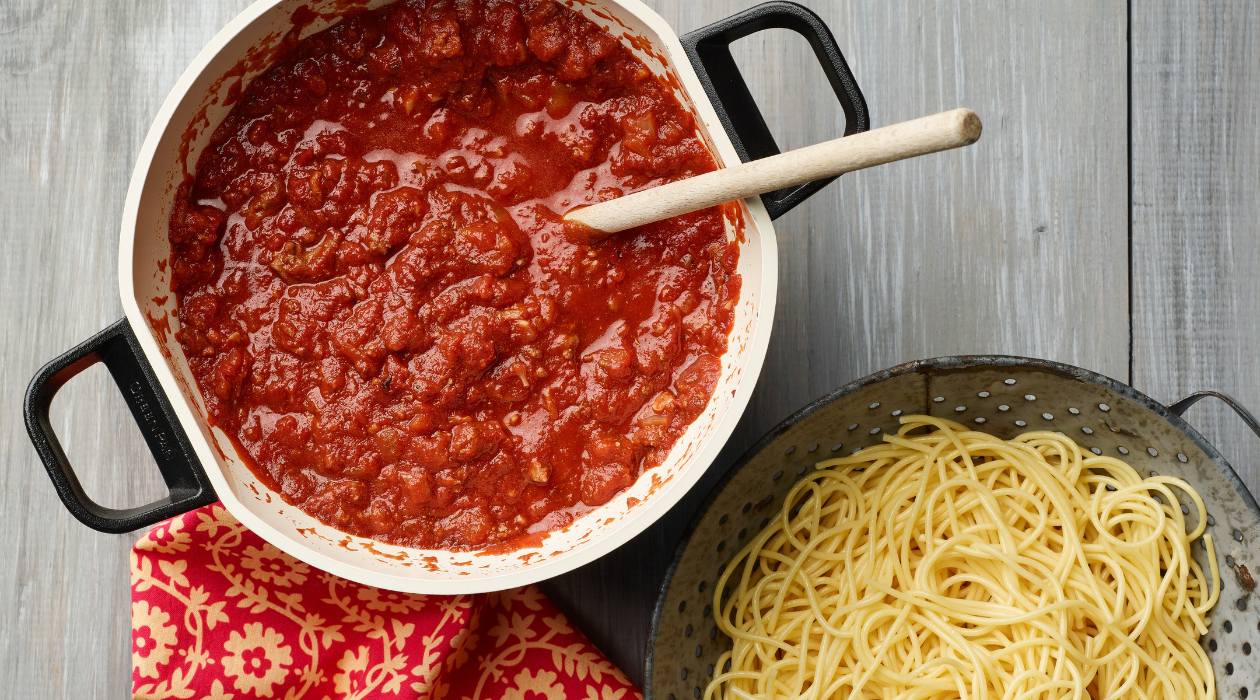
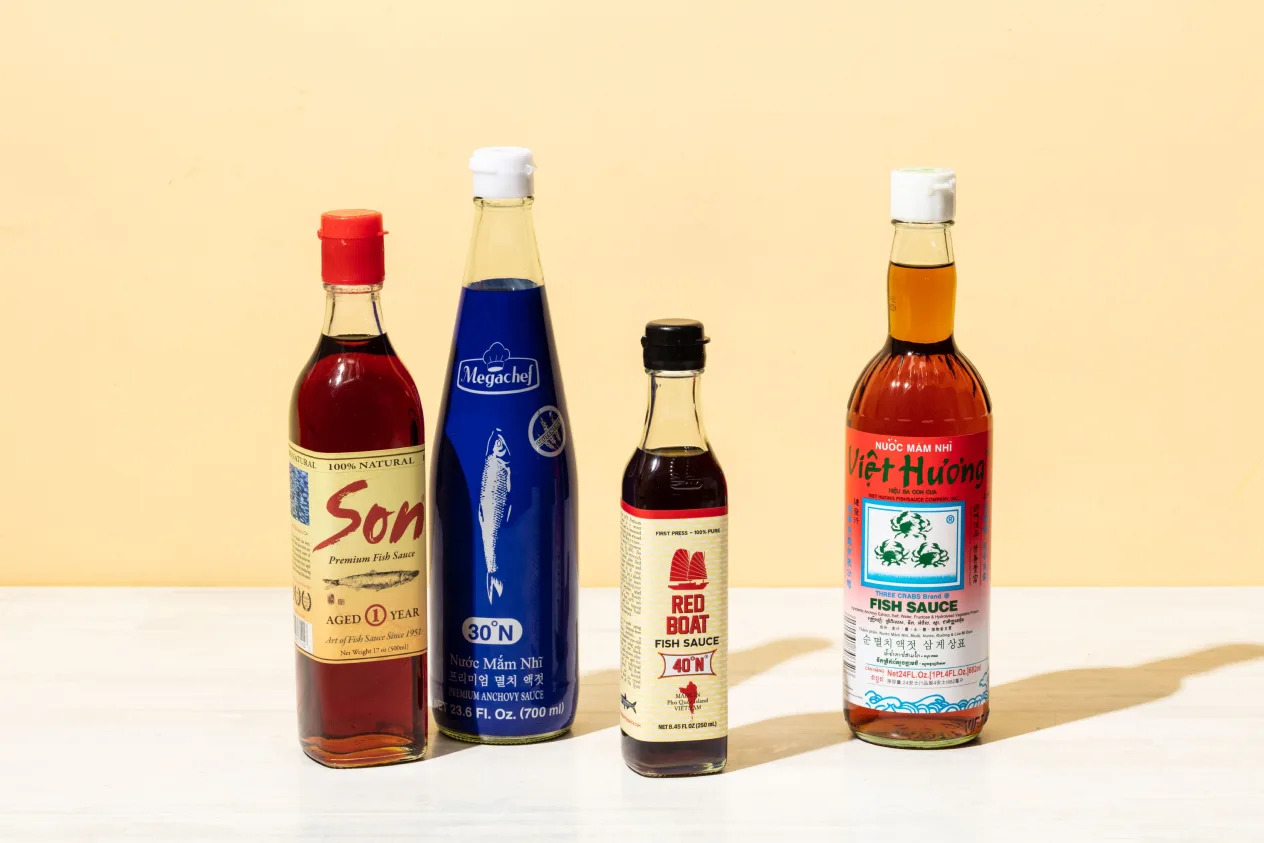
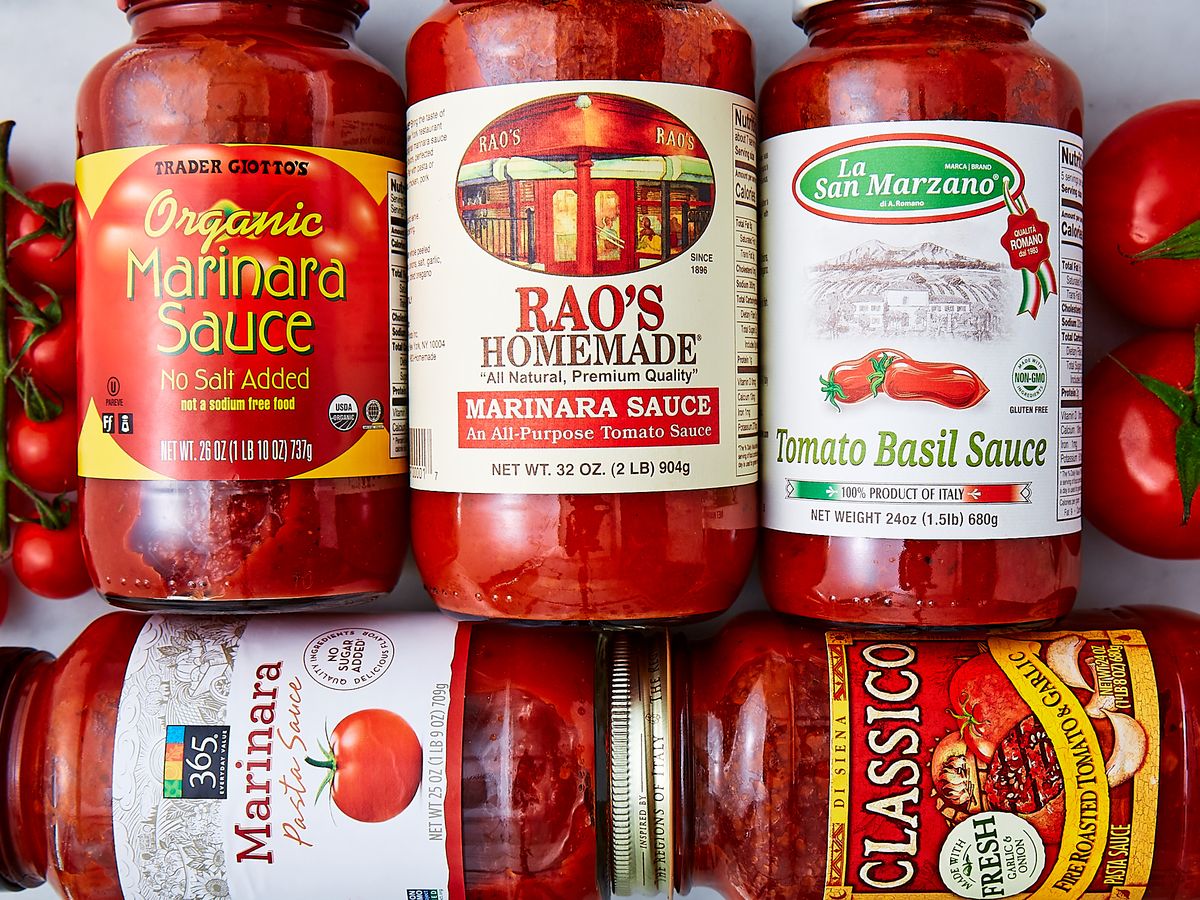
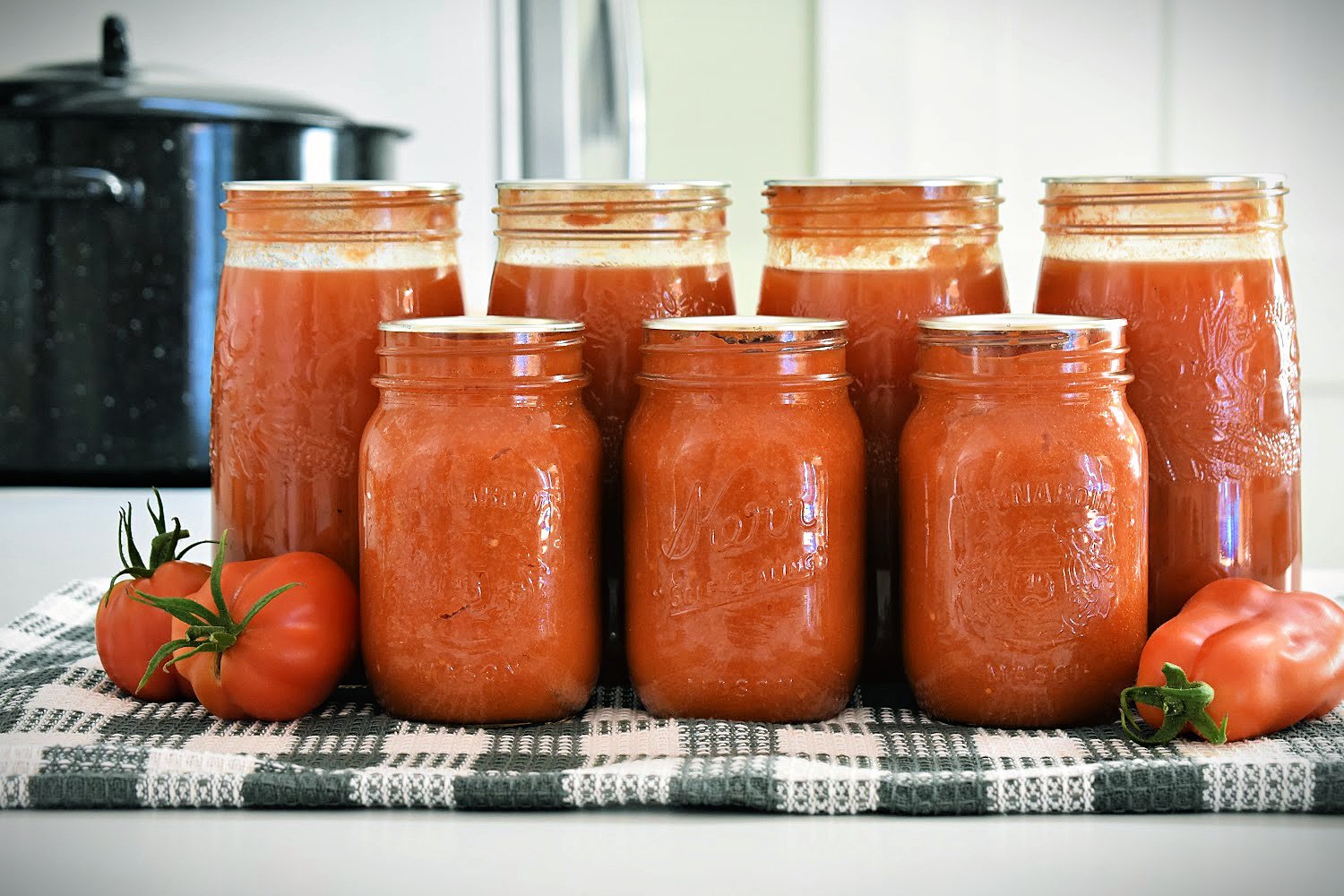
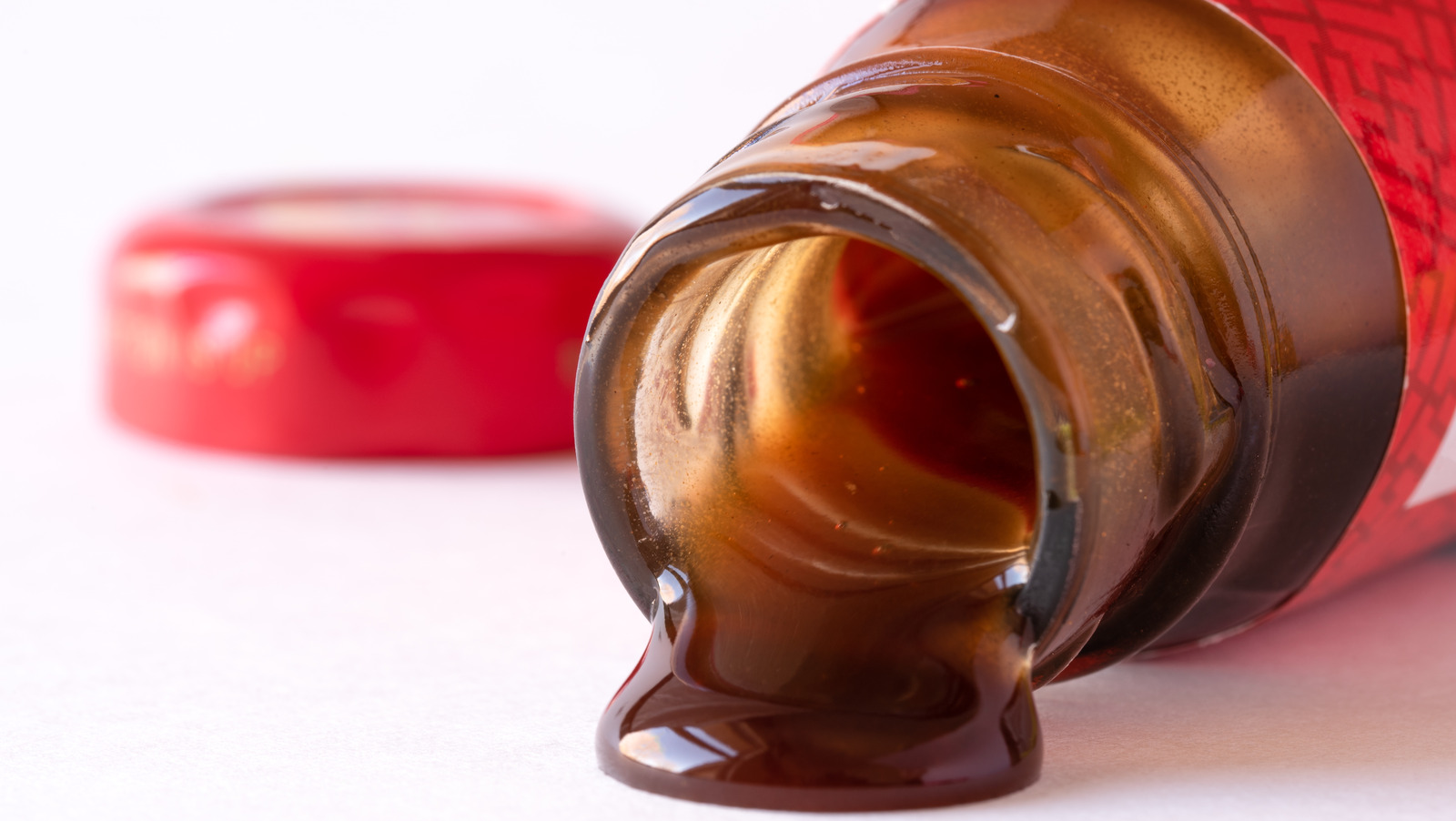
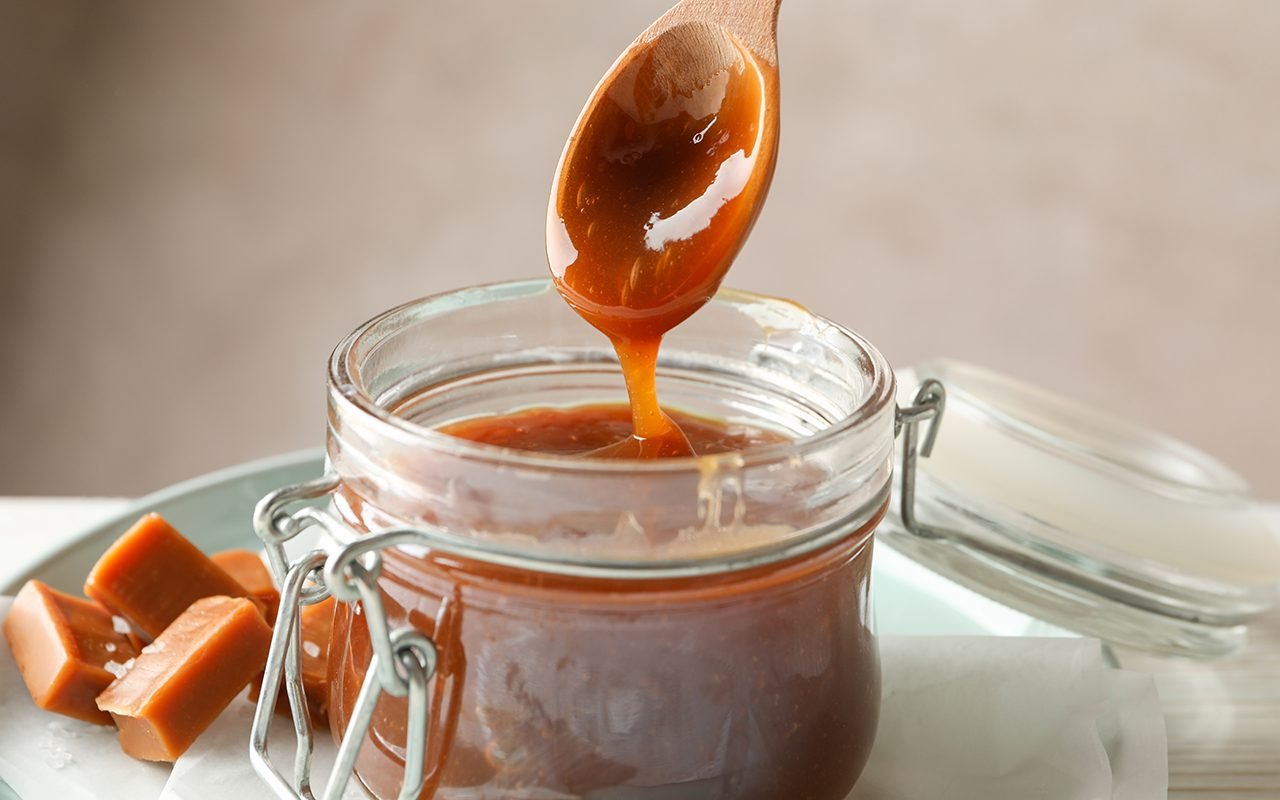
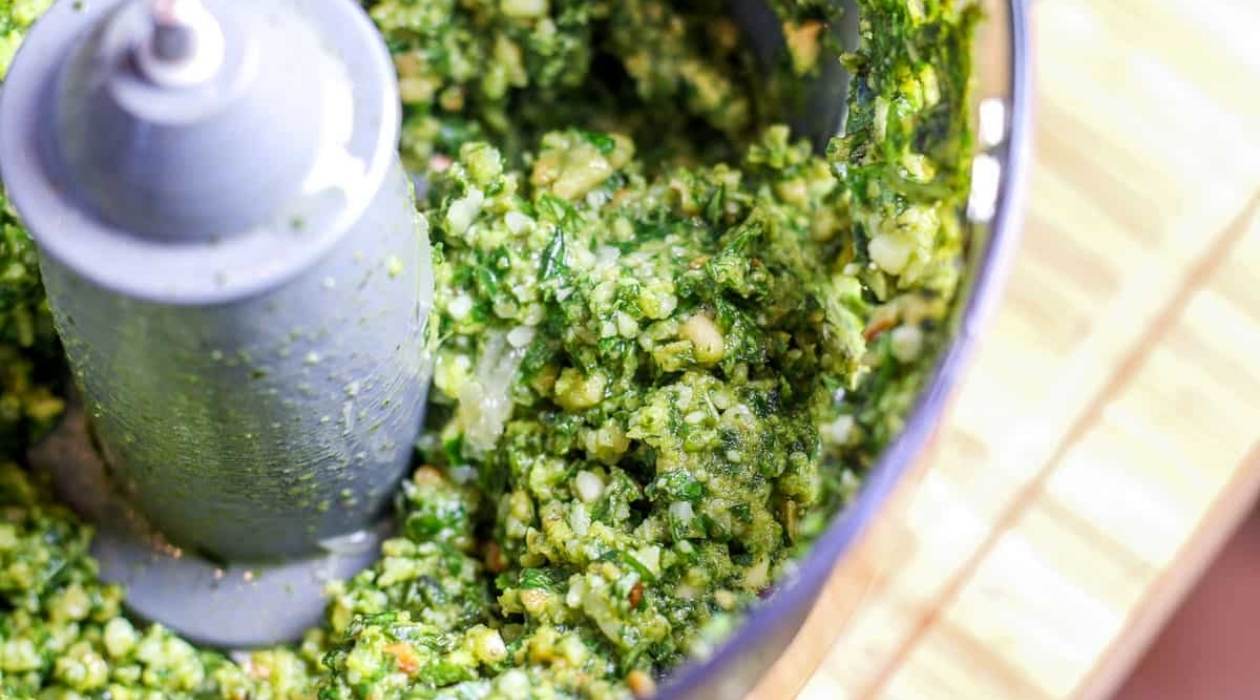
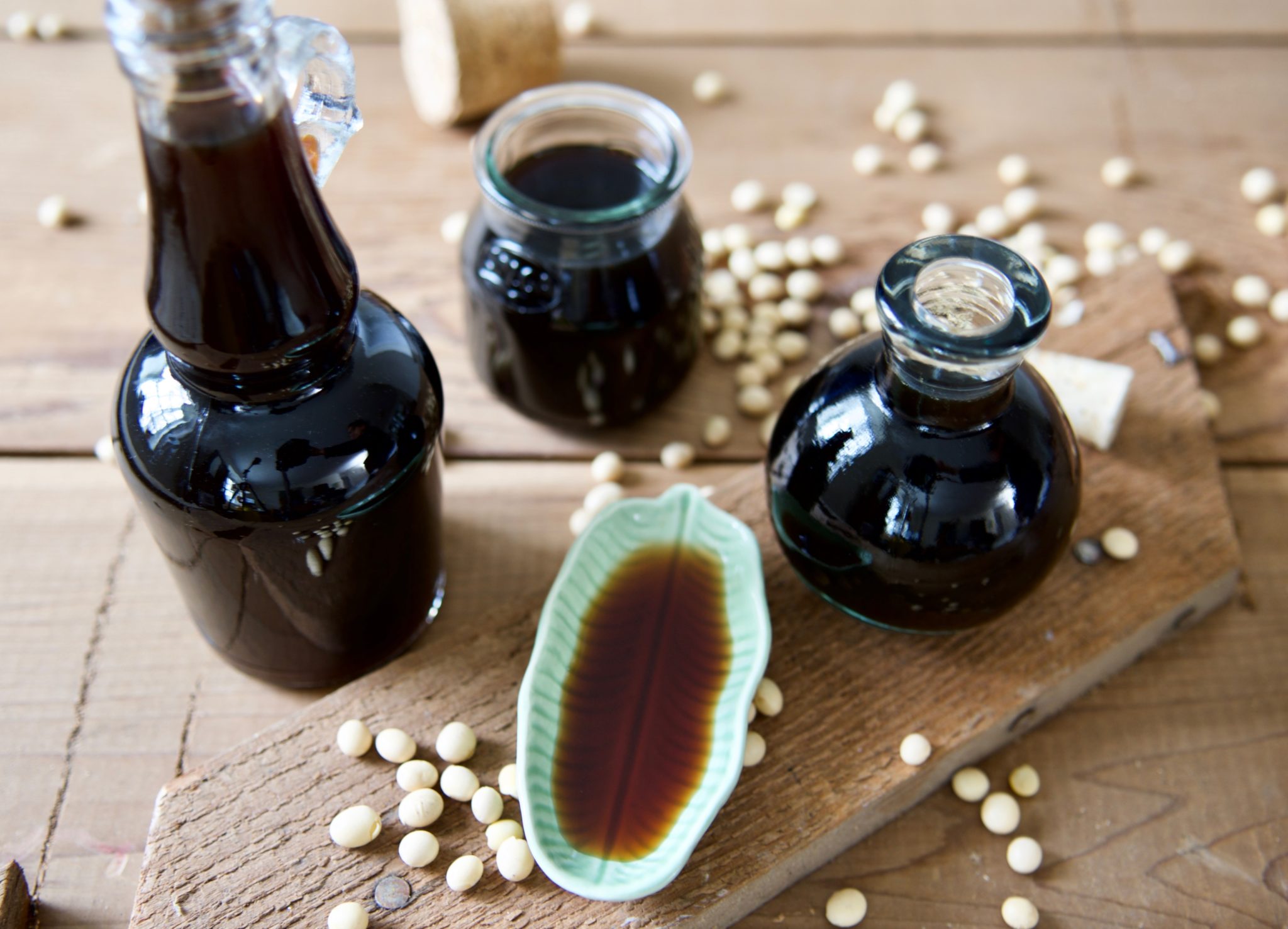
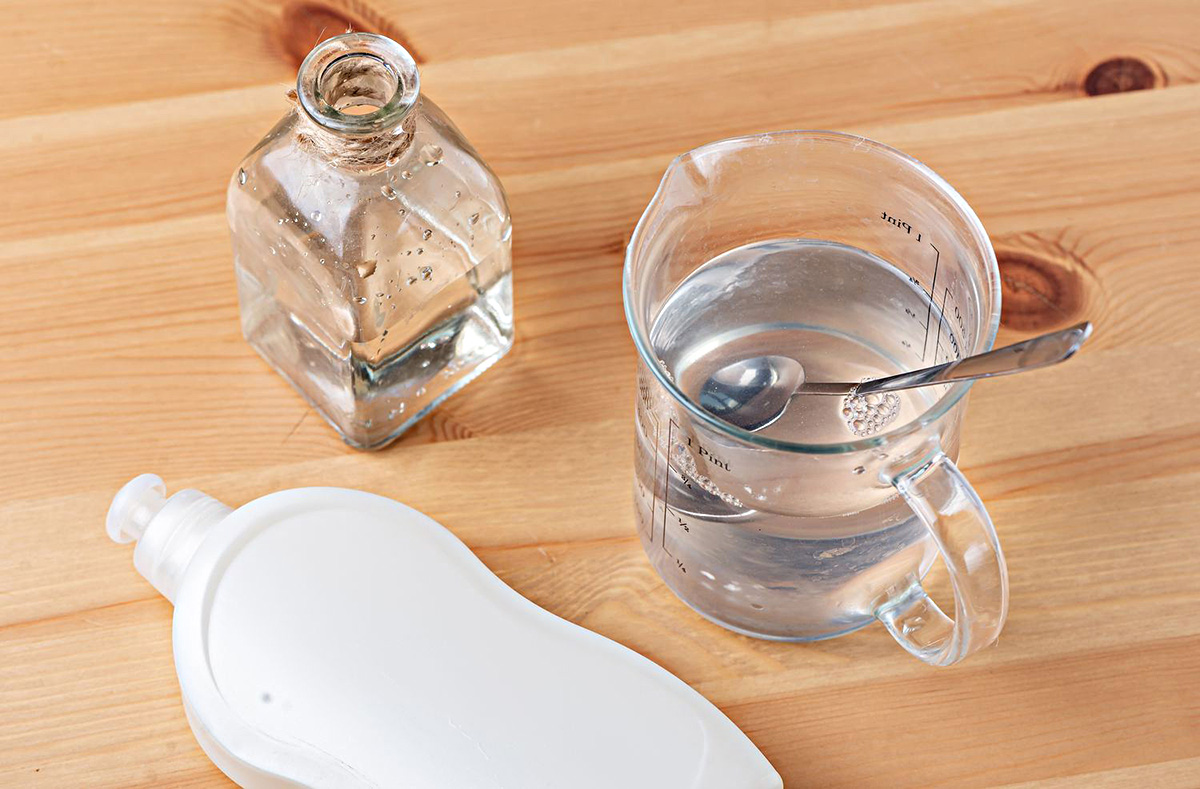
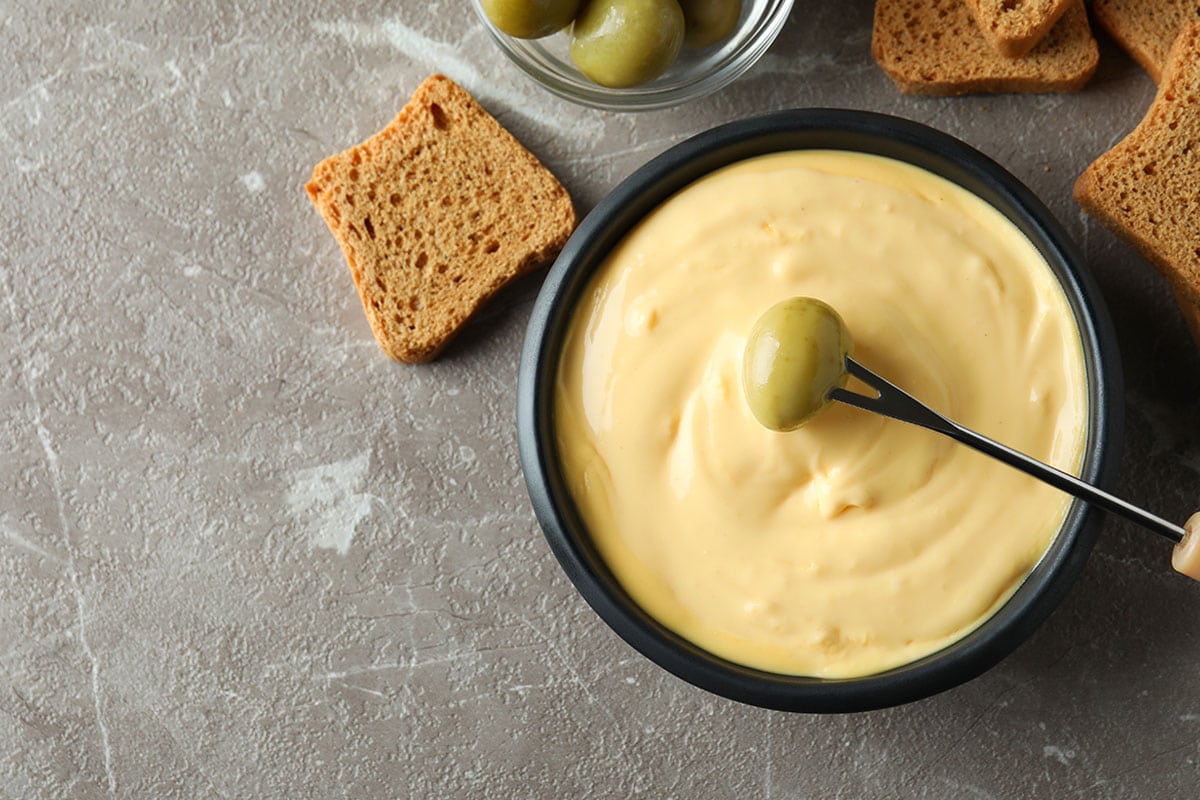
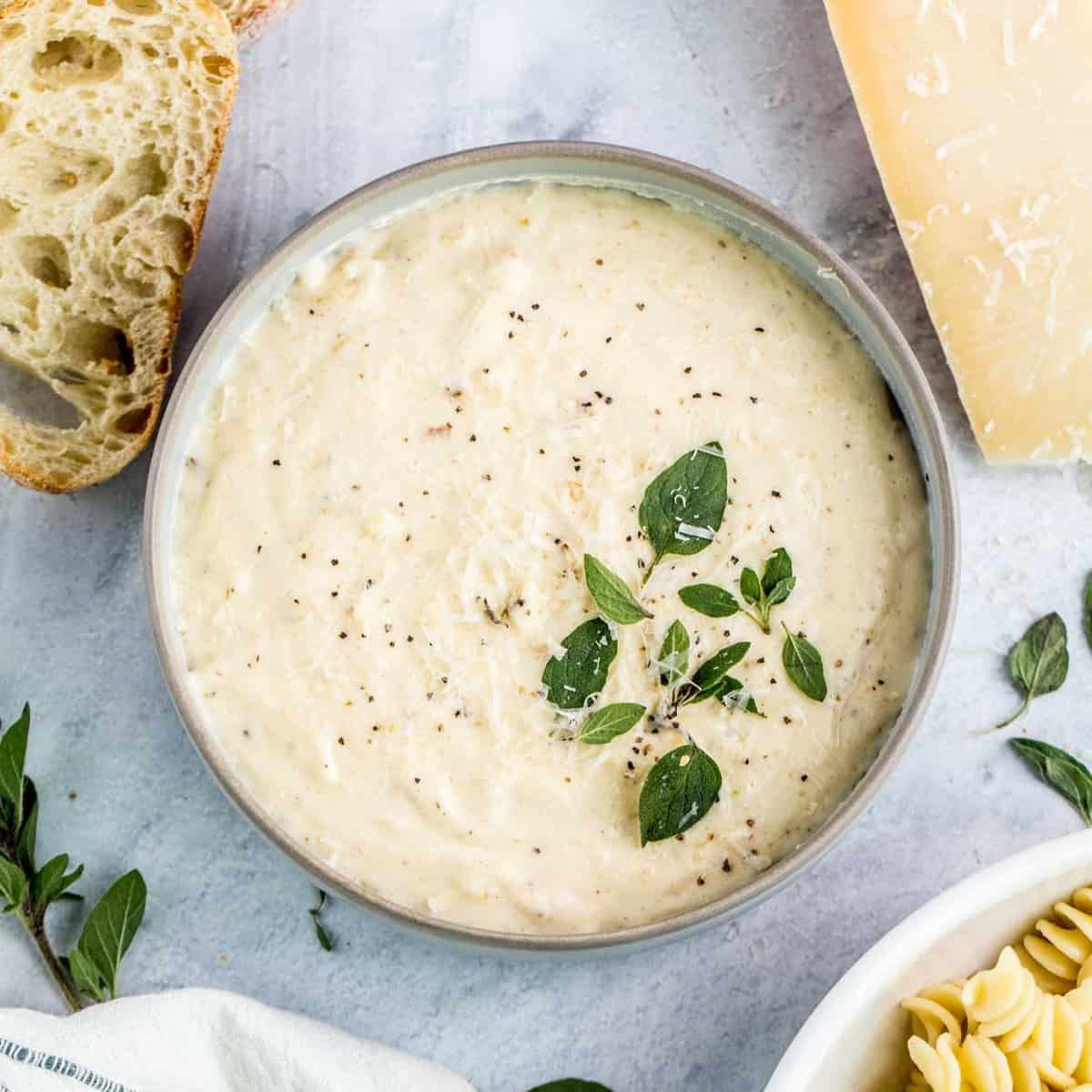
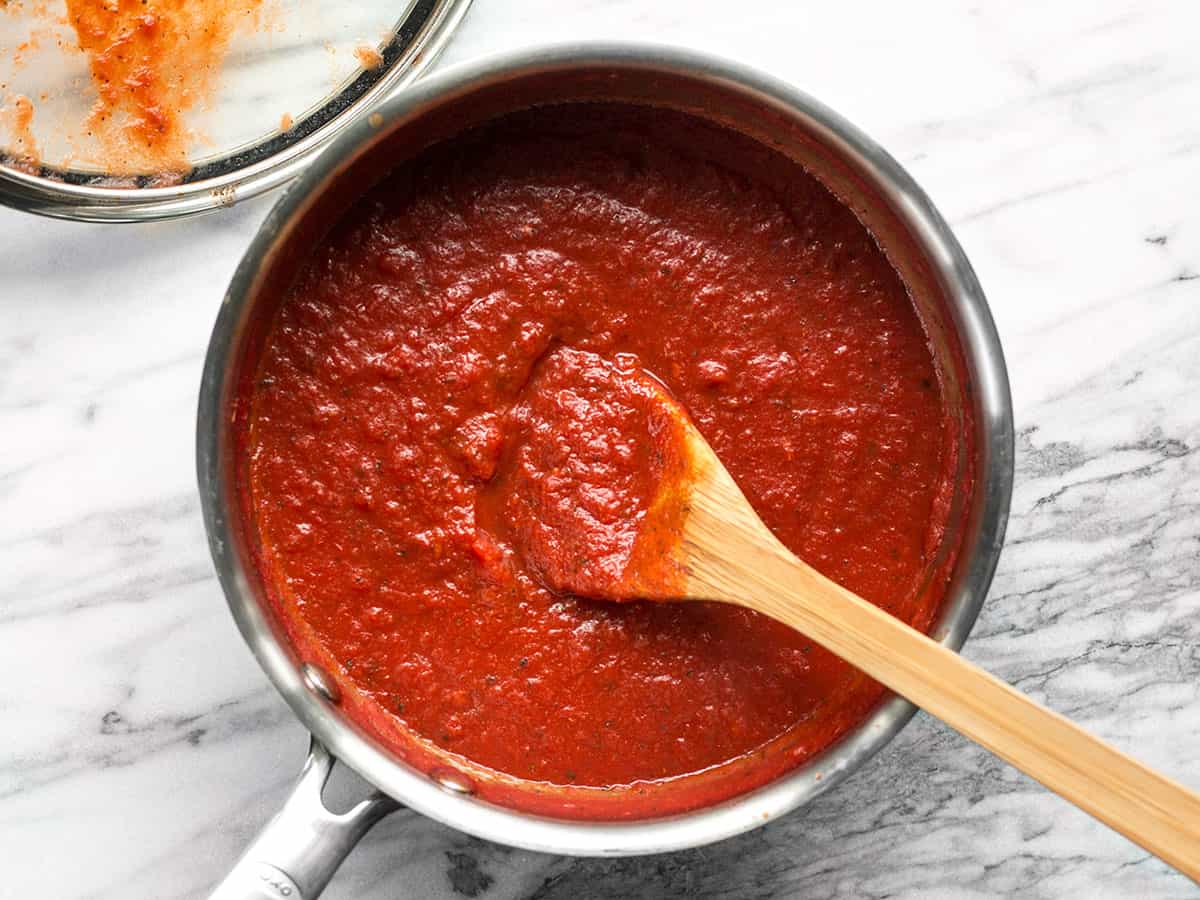

0 thoughts on “How To Store Hot Sauce”